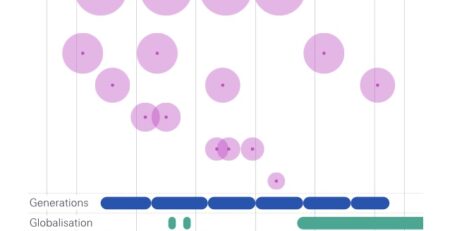Poverty and Social Transfers in Hungary
By Christiaan N. Grootaert
This study addresses the question of how well Hungary’s system of cash social transfers helps prevent or alleviate poverty -whether different types of social transfer, or changes in eligibility rules, might better alleviate poverty. The social safety net in Hungary and other transition economies has undergone important changes. The conventional benchmark for measuring poverty in Hungary -the subsistence minimum- has lost much of its relevance because of the transition to a market economy. The author proposes two other benchmarks: the minimum pension (an absolute poverty line) and a relative poverty line set at two-thirds of mean household spending. How well targeted to the poor are Hungary’s social transfers? The study distinguishes between six components of the social safety net: pensions, unemployment benefits, family allowance, child care allowance, social assistance, and child care fee. The author finds that unemployment benefits and social assistance are well targeted to the poor. The child care allowance is a progressive social transfer; the child care fee is strongly regressive. Roughly 91 percent of Hungarian households receive one or more transfers. Hungary’s social safety net represents 54 percent of spending in an average household, and provides 38 percent of its income. In its entirety, the social safety net is progressive, but that progressivity does not come cheaply. The average transfer is eight times the minimum that would be needed under perfect targeting. In other words, there is significant room for reallocating funds for improved welfare of the poor. Among possibilities for reform: abolish the child care allowance and fee, institute new child care benefits, and improve means testing for social assistance. Data used are from the 1993 Household Budget Survey and the 1992-94 Household Panel Surveys.
Full Content: SSRN










